Methods and frameworks to identify dark traits have been in existence for ages, such as the dark triad. However, their applicability in workplaces is limited. They act more like self-awareness tool.
In order to address the issue of workplace harassment and counterproductive behavior, we decided to create a dark personality inventory consisting of 6 dark traits, to measure the Dark Side Personality Constructs. The 6 traits of the Mettl Dark Personality Inventory (MDPI) are Opportunism, Insensitivity, Self-Obsession, Thrill-Seeking, Temperamental, and Impulsiveness.
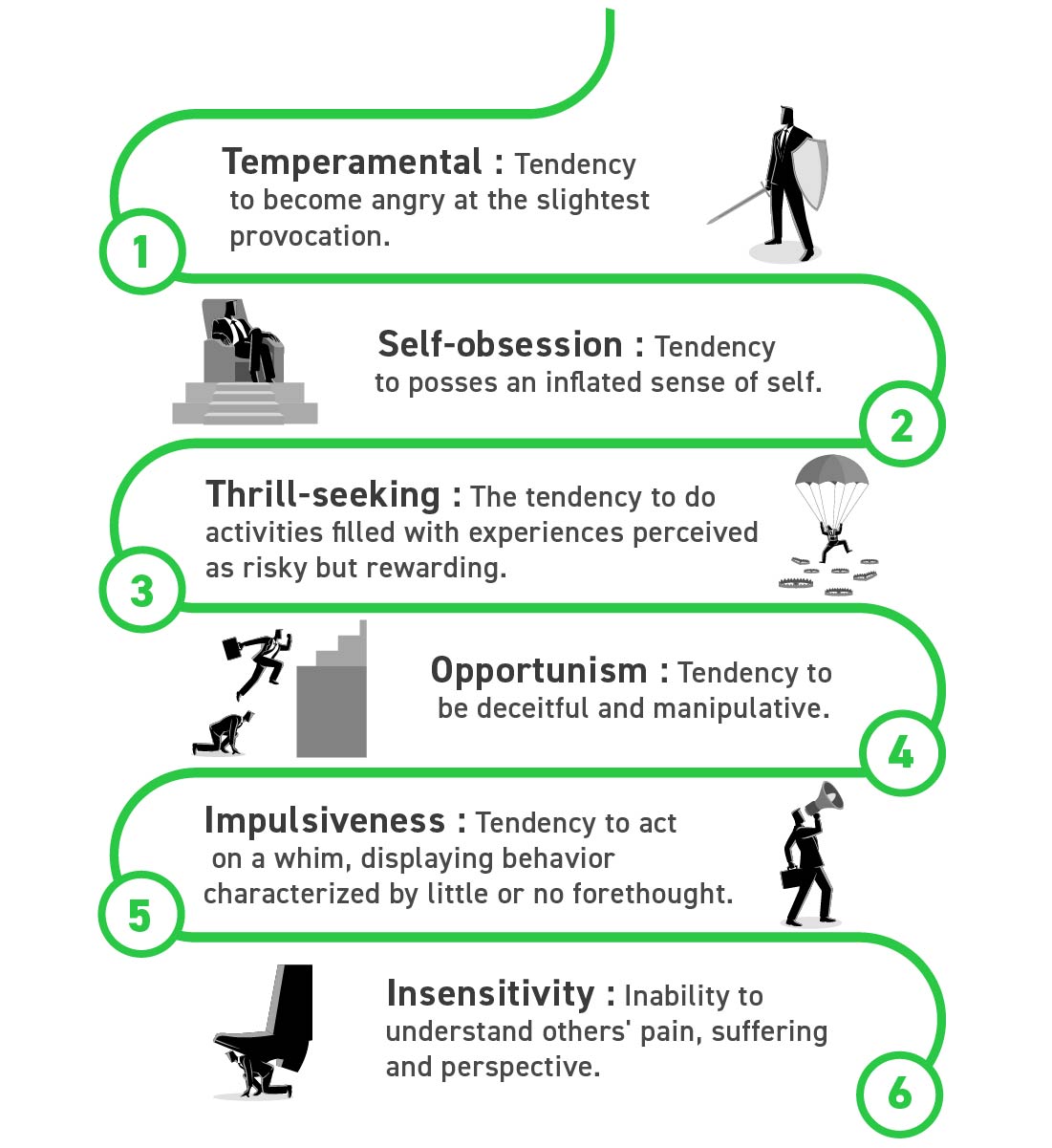
This trait inventory can be used to assess the predominant dark personality traits of a person. It also tells us if the trait is present at low, moderate, or high levels. Usually, a dark trait is a cause of concern at moderate to high levels only.
Additionally, we have created 3 variants of each dark trait. E.g., Opportunistic has three variants- ambitious, competitive, and greedy. Depending upon the job role and job industry, different variants of a dark trait can surface. Each variant will lead to a different behavioral outcome after getting triggered, based on the level of dark trait present.
Each dark trait can manifest itself in two ways: bright and dark. This is how people with dark traits use them to their own advantage and other’s disadvantage. Each dark trait is a source of strength for the person carrying it and a bane for people around them.









 Behavioral Competencies
Behavioral Competencies Cognitive Competencies
Cognitive Competencies Coding Competencies
Coding Competencies Domain Competencies
Domain Competencies














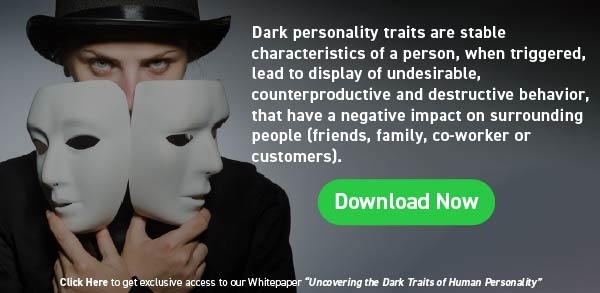

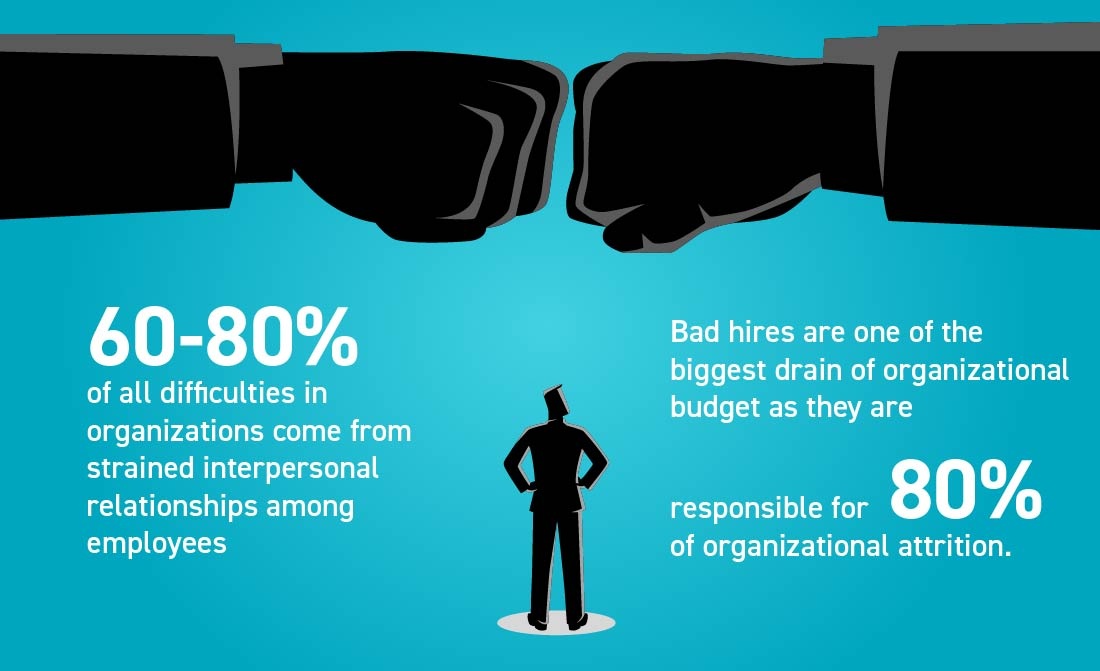
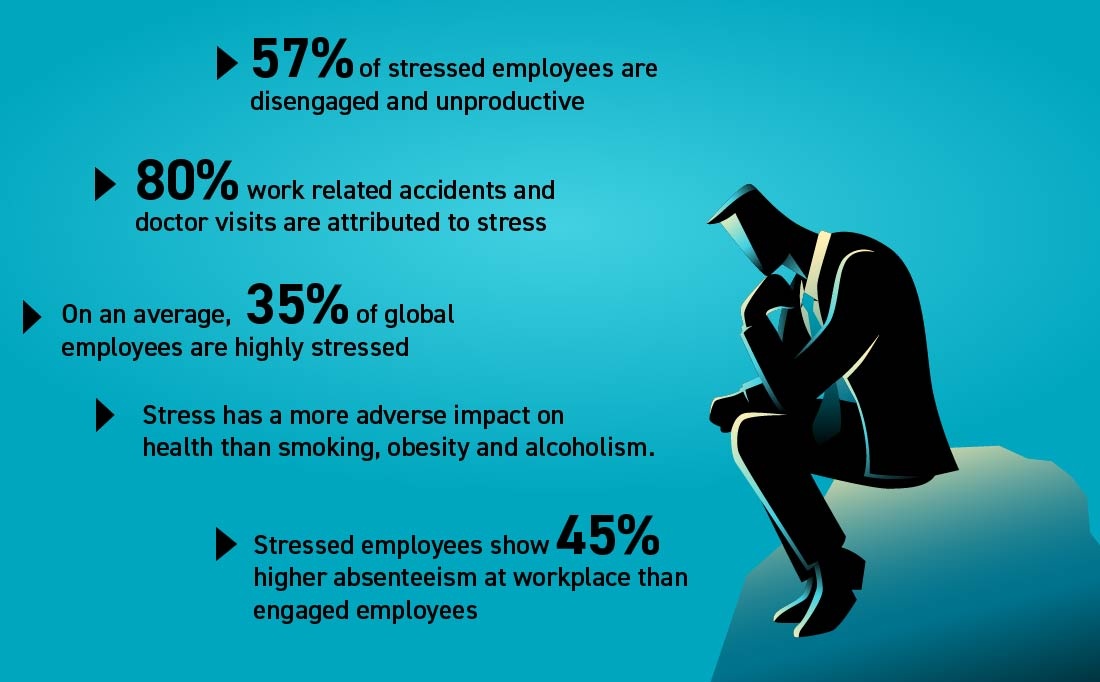
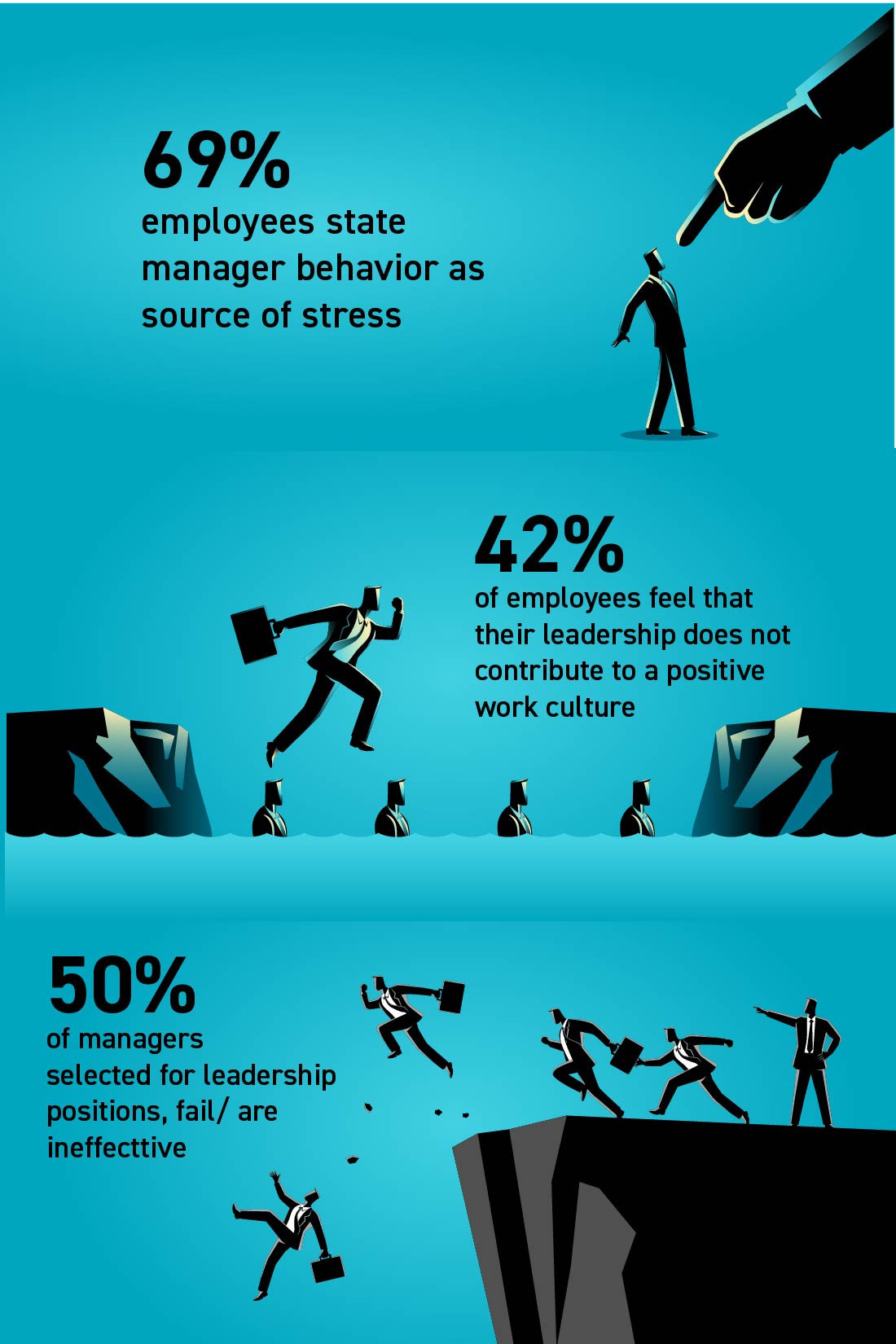


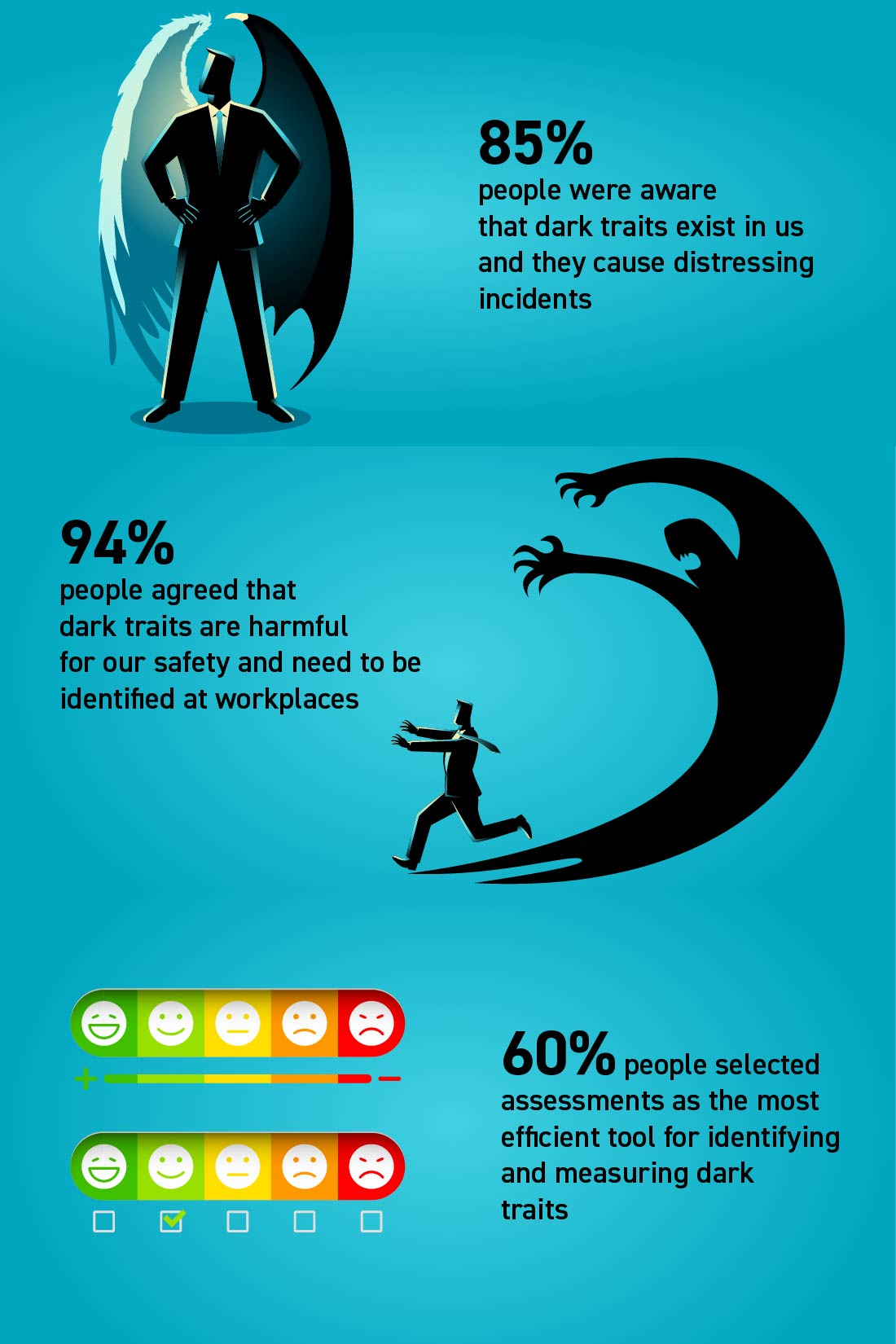






Would you like to comment?